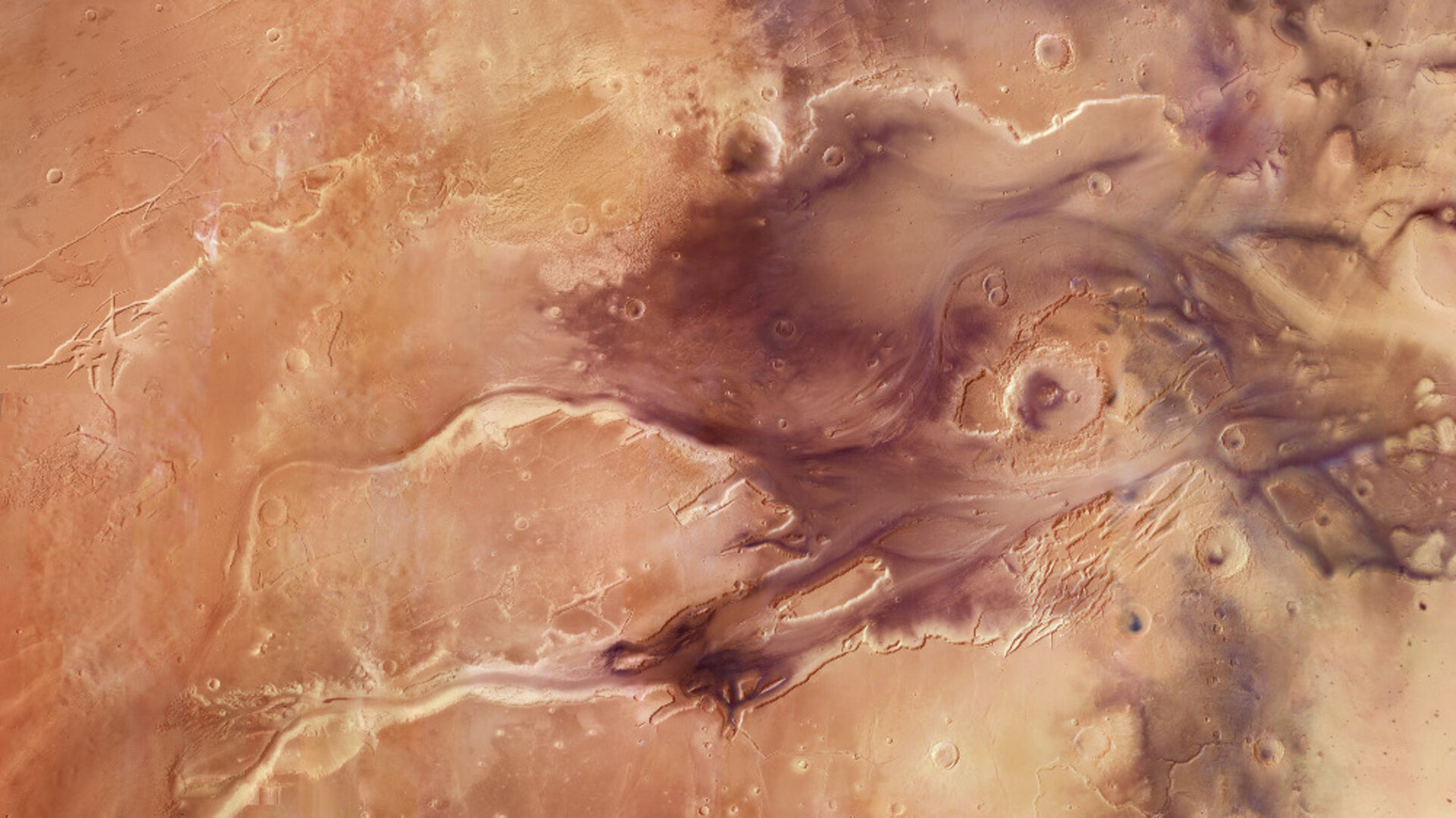Why are we going to Mars?
Earth’s planetary neighbour Mars has been a primary target for international robotic exploration efforts since the 1960s. Numerous US, Soviet, Japanese and European missions have flown to the Red Planet to understand the similarities and differences between Earth and Mars, with an emphasis on whether life ever existed on the Red Planet. There is ample evidence that liquid water existed and flowed on the surface of Mars in the past. Since on Earth, water is fundamentally linked to life, the obvious question arises: if there was water on Mars, has there ever been life? This remains one of the biggest unanswered questions in martian exploration and one that lies at the heart of the ExoMars programme.
The surface of Mars is dry and bathed in harsh radiation, and thus it is unlikely that life could exist there today. The best possible opportunity for the emergence of life on Mars was in the first billion years after the planet formed, when it was much warmer and wetter than today – similar to those present on the young Earth. Therefore, there might be evidence of past life preserved underground. Sampling the subsurface down to 2 m to search for such biomarkers is a key goal of the ExoMars 2020 rover.
In the meantime, the ExoMars 2016 Trace Gas Orbiter will follow a different approach by seeking out signs of life from Mars orbit. One of its key goals is to follow up on hints from previous missions that methane has been detected in the atmosphere, and in particular whether it is produced by geological or biological activity.
The ExoMars Trace Gas Orbiter (TGO) has the precision necessary to analyse the planet’s gases such as methane to a much higher sensitivity than any previous or current mission at Mars. It will also image and characterise features on the martian surface that may be related to sources such as volcanoes.


